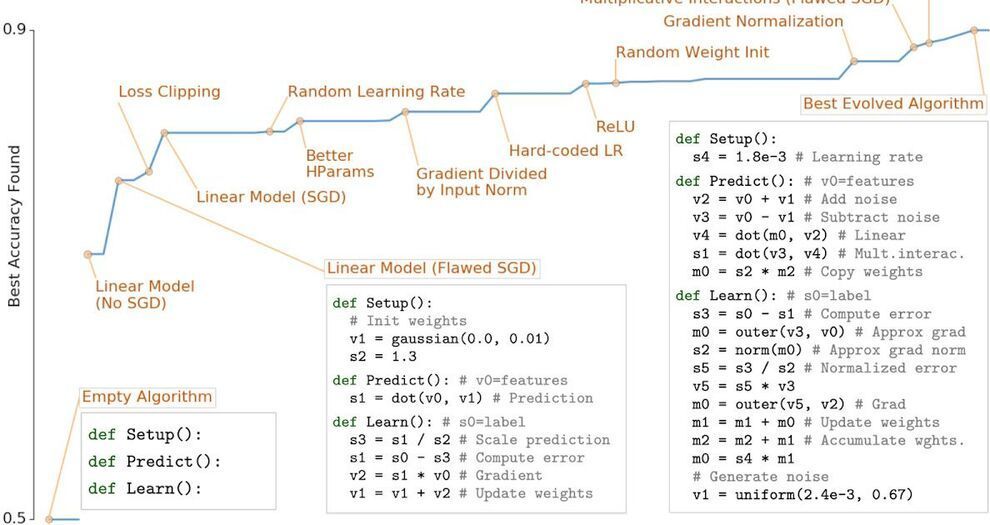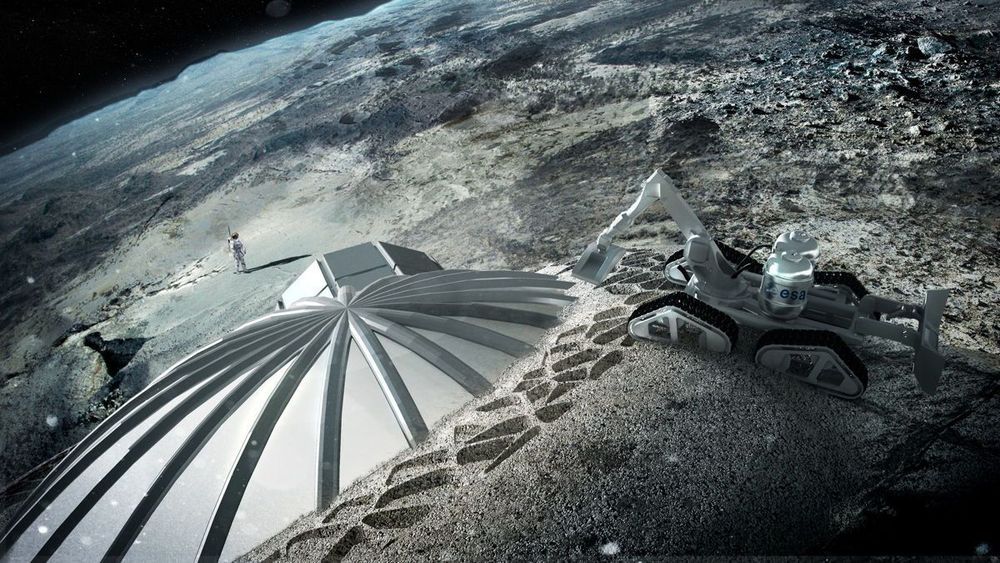“D-Theory of Time, or Digital Presentism, gives us a coherent picture of temporal ontology: In the absence of observers, the arrow of time doesn’t exist — there’s no cosmic flow of time. With that in mind, your timeless cosmic self resides as a hyperdimensional being outside the ordinary space-time dimensionality of your experiential self… In fact, if we are to create high fidelity first-person simulated realities that also may be part of intersubjectivity-based, multiplayer virtualities, D-Theory of Time gives us a clear-cut guiding principle for doing just that.” –Alex M. Vikoulov, The Physics of Time: D-Theory of Time & Temporal Mechanics.
This designer theme, #DTheoryofTime, is currently offered in a variety of 67 high-quality products from fancy home decor and wall art to stylish clothing, gadgetry and accessories for you to make a bold statement, to stand out from the crowd or to simply keep you excited throughout the day:







